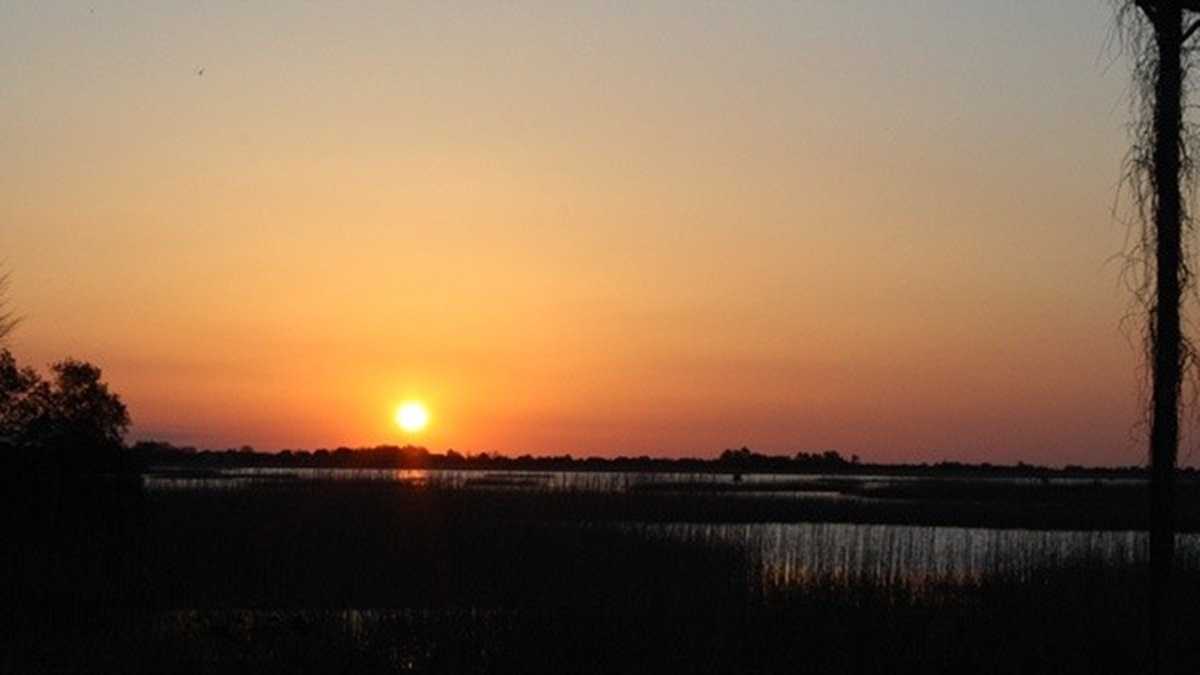Delaware task force works to curtail species depletion

(Mark Eichmann/WHYY)
A task force in Delaware is trying to correct the depletion of some of the state’s species.
State Sen. Stephanie Hansen, D-Middletown, wrote the resolution to create the task force in response to ecological studies showing a significant decline of various animals and plants.
“It’s important because we’re losing the bottom part of our food chain, we’re losing our native species at an alarming rate,” she said. “I think what this task force will do that other task forces have not, to the extent there has been other task forces that have looked at this, is we’re finally now bringing so many people that have individual pieces of the puzzle together that have never talked before.”
A University of Delaware study shows a significant decline in various species. There are 78 percent fewer freshwater mussels; 20 percent fewer fish species; and 31 percent fewer reptiles and amphibians. In addition, 40 percent of all native plant species are threatened or exterminated and 41 percent of bird species that rely on forests are rare or absent.
Task force member Joe Rogerson, DNREC’s environmental program manager for species conservation and research, said the causes of depletion are vast.
“It’s a simple question with a very complex answer, in regards to the same threat is not impacting all species,” he said. “For some, it might be disease or illness, for some it might be climate change, some is loss of habitat, so I think what we will learn with the group is it’s a whole host of things impacting all of our species, and it’s not just the same thing across the board with all of them.”
Rogerson and other stakeholders in the group will offer specific recommendations that can result in policy change, legislation or simple recommendations for citizens and local groups.
“Delaware wildlife conservation and wildlife communities are important to everyone. So, while we don’t think that individual moth is of importance to us, its ecosystem function is part of a much larger piece of the puzzle, and when you start to unravel some of those strands, things we take for granted will start to fall apart,” Rogerson said.
“For example, the loss of bat communities. Many bats feed on things we consider pests, like mosquitos, so if there’s fewer bats there could be more mosquitoes around, and things like that. So that’s just one simple example of if you pull on the string of everything it could all unravel, so it’s important to start now. Anytime is a good time to get started.”
“We will come up with a laundry list of actionable items we can put in place in the short term, some medium term and even put in place in the long term as well,” Hansen said. “[There will be] concrete, specific things we’re going to do to move this ball, and it can’t be, ‘Study this, ask for more funding for that, do a survey for 1, 2 and 3,’ it has to be specific action items that are going to move the ball.”
The state of Delaware has received federal approval of its 10-year Wildlife Action Plan for conserving wildlife.
Hansen said she hopes the recommendations will also be accessible to Delaware residents who want to learn about what they can do to protect the ecosystem.
The task force is currently in the early discussion phase and will issue a report by December 1.
WHYY is your source for fact-based, in-depth journalism and information. As a nonprofit organization, we rely on financial support from readers like you. Please give today.





